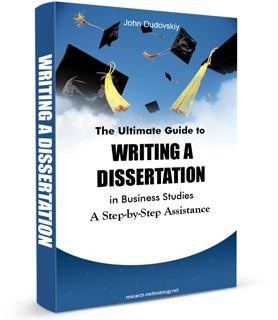Validity
Research validity in surveys relates to the extent at which the survey measures right elements that need to be measured. In simple terms, validity refers to how well an instrument as measures what it is intended to measure.
Reliability alone is not enough, measures need to be reliable, as well as, valid. For example, if a weight measuring scale is wrong by 4kg (it deducts 4 kg of the actual weight), it can be specified as reliable, because the scale displays the same weight every time we measure a specific item. However, the scale is not valid because it does not display the actual weight of the item.
Research validity can be divided into two groups: internal and external. It can be specified that “internal validity refers to how the research findings match reality, while external validity refers to the extend to which the research findings can be replicated to other environments” (Pelissier, 2008, p.12).
Moreover, validity can also be divided into five types:
1. Face Validity is the most basic type of validity and it is associated with a highest level of subjectivity because it is not based on any scientific approach. In other words, in this case a test may be specified as valid by a researcher because it may seem as valid, without an in-depth scientific justification.
Example: questionnaire design for a study that analyses the issues of employee performance can be assessed as valid because each individual question may seem to be addressing specific and relevant aspects of employee performance.
2. Construct Validity relates to assessment of suitability of measurement tool to measure the phenomenon being studied. Application of construct validity can be effectively facilitated with the involvement of panel of ‘experts’ closely familiar with the measure and the phenomenon.
Example: with the application of construct validity the levels of leadership competency in any given organisation can be effectively assessed by devising questionnaire to be answered by operational level employees and asking questions about the levels of their motivation to do their duties in a daily basis.
3. Criterion-Related Validity involves comparison of tests results with the outcome. This specific type of validity correlates results of assessment with another criterion of assessment.
Example: nature of customer perception of brand image of a specific company can be assessed via organising a focus group. The same issue can also be assessed through devising questionnaire to be answered by current and potential customers of the brand. The higher the level of correlation between focus group and questionnaire findings, the high the level of criterion-related validity.
4. Formative Validity refers to assessment of effectiveness of the measure in terms of providing information that can be used to improve specific aspects of the phenomenon.
Example: when developing initiatives to increase the levels of effectiveness of organisational culture if the measure is able to identify specific weaknesses of organisational culture such as employee-manager communication barriers, then the level of formative validity of the measure can be assessed as adequate.
5. Sampling Validity (similar to content validity) ensures that the area of coverage of the measure within the research area is vast. No measure is able to cover all items and elements within the phenomenon, therefore, important items and elements are selected using a specific pattern of sampling method depending on aims and objectives of the study.
Example: when assessing a leadership style exercised in a specific organisation, assessment of decision-making style would not suffice, and other issues related to leadership style such as organisational culture, personality of leaders, the nature of the industry etc. need to be taken into account as well.
My e-book, The Ultimate Guide to Writing a Dissertation in Business Studies: a step by step assistance offers practical assistance to complete a dissertation with minimum or no stress. The e-book covers all stages of writing a dissertation starting from the selection to the research area to submitting the completed version of the work within the deadline. John Dudovskiy

